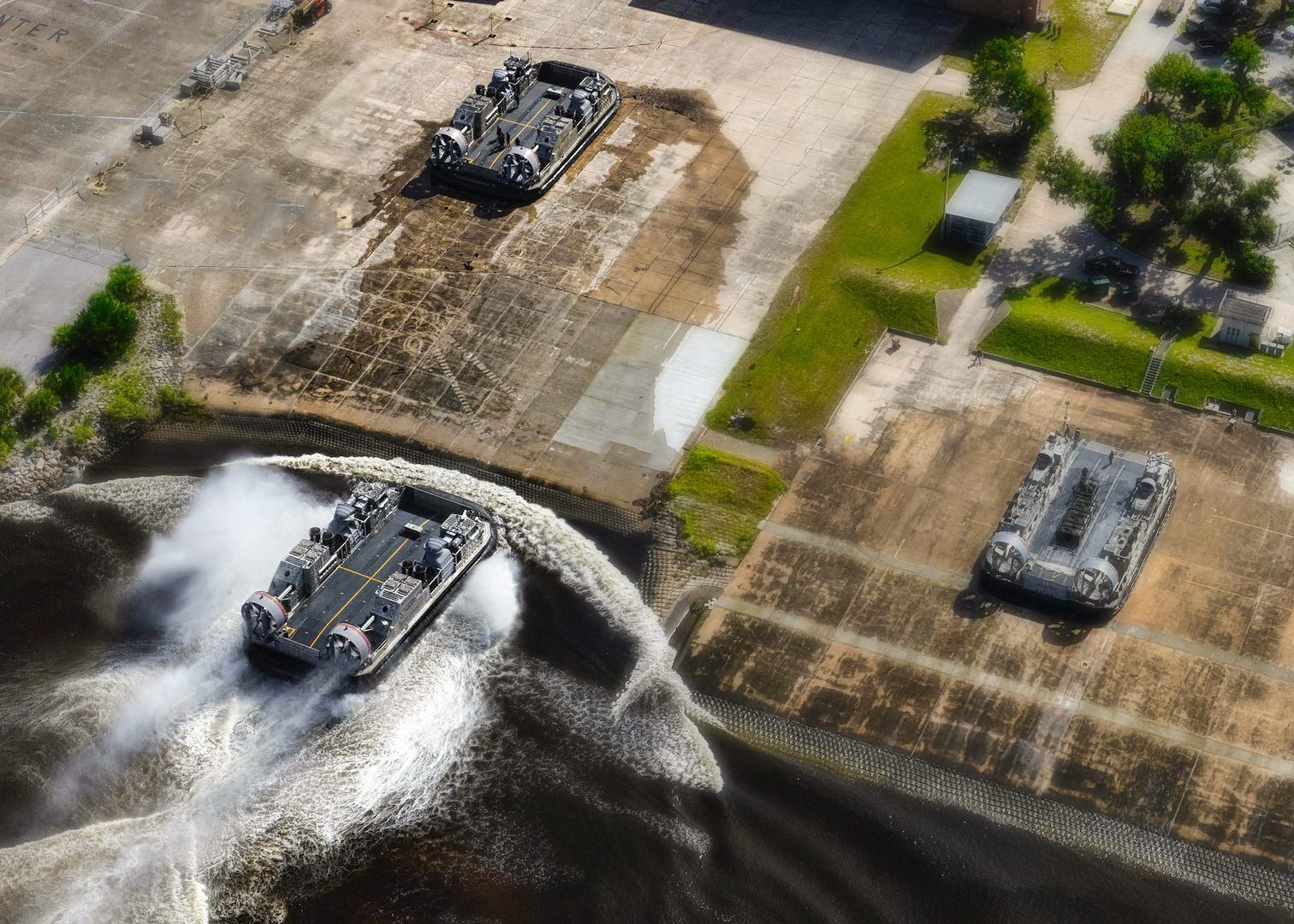Hung Cao – A Navy Diver In The Pentagon Briefing Room
Hung Cao and the Fight to Rebuild America’s Maritime Power Before the Next War Arrives by Captain John Konrad (gCaptain) The first thing you notice about the US Navy’s Undersecretary...

By Tony Capaccio (Bloomberg) Textron’s $TXT construction of a new hovercraft for the U.S. Marine Corps, which had been plagued by propeller cracks, gear defects, and initial delivery delays, is seeing cost growth of nearly 20% per vessel, according to new Navy figures.
The Ship-To-Shore connector program has seen its total per-ship cost, which includes research, development, and procurement amortized over a 72-vessel program, increase more than 18% to about $64 million, according to newly disclosed Navy figures. The procurement cost alone has increased to $56.4 million per vessel from a $47.2 million estimate in 2011, according to the figures.
Related Book: The Pentagon Labyrinth: by Winslow Wheeler, Pierre Sprey
The cost growth represents a “significant” increase under the parameters of a 1982 law intended to trigger a formal report to Congress, according to the figures. The program did not increase to the law’s even higher “critical” overrun threshold that would have required the Navy to launch a full review as to whether the program should be terminated, however.
The Navy notified Congress March 26 of the cost increase and released the figures Tuesday to Bloomberg News.
“The breach is attributed to first-in-class challenges that led to increased construction costs resulting from labor and material cost growth and schedule-related issues on early craft,” the Naval Sea Systems Command said in a statement.
Textron has delivered three craft and follow-on vessels are in production, according to the statement. Delivery of the first two allowed the Navy to move forward with the initial operator training pipeline and move into post-delivery test and trials at the Naval Surface Warfare Center’s Panama City Division, it said. Technicals issues, such as gear defects, delayed delivery of both by as much as three years each.
“Technical issues have been resolved and production has stabilized, with craft deliveries proceeding in support of the program plan,” according to Navy testimony prepared last week for a Senate Armed Services Committee panel.
“The program is the first major naval acquisition program in more than 15 years to be designed ‘in-house’ by the Navy rather than by private industry,” according to a Navy fact sheet.
The Government Accountability Office, in an annual report on Pentagon weapons systems this month, said “the program continues to address its top two technical issues: premature gearbox wear and cracking propeller blades. The program is still completing a third iteration of the craft’s gearbox design, intended to reduce wear.”
Textron Chairman Scott Donnelly didn’t mention the formal cost growth determination during the company’s April 29 earnings call. Instead, Donnelly lauded the program’s earnings growth potential. Textron spokesperson Betania Magalhaes said in an email the company has no additional comment.
The Ship-to-Shore Connector is a “franchise program” for Textron’s Marine & Land Systems division, “which could more than double in revenue over the coming years as production accelerates,” Bloomberg Intelligence analyst Douglas Rothacker said in an email.
“We have consistently highlighted the error in the Navy’s decision to continue to award contracts for multiple Ship to Shore connectors without first mitigating the risk of design changes and gaining knowledge through testing of its system-level prototype,” said GAO acquisition director Shelby Oakley in an email. “The Navy’s decision predictably led to cost growth and schedule delay.”

Related book: America’s Defense Meltdown by Winslow T. Wheeler
(Upgrades in last paragraph with GAO director quote)
By Tony Capaccio © 2021 Bloomberg L.P.

Sign up for gCaptain’s newsletter and never miss an update

Subscribe to gCaptain Daily and stay informed with the latest global maritime and offshore news
Essential news coupled with the finest maritime content sourced from across the globe.
Sign Up